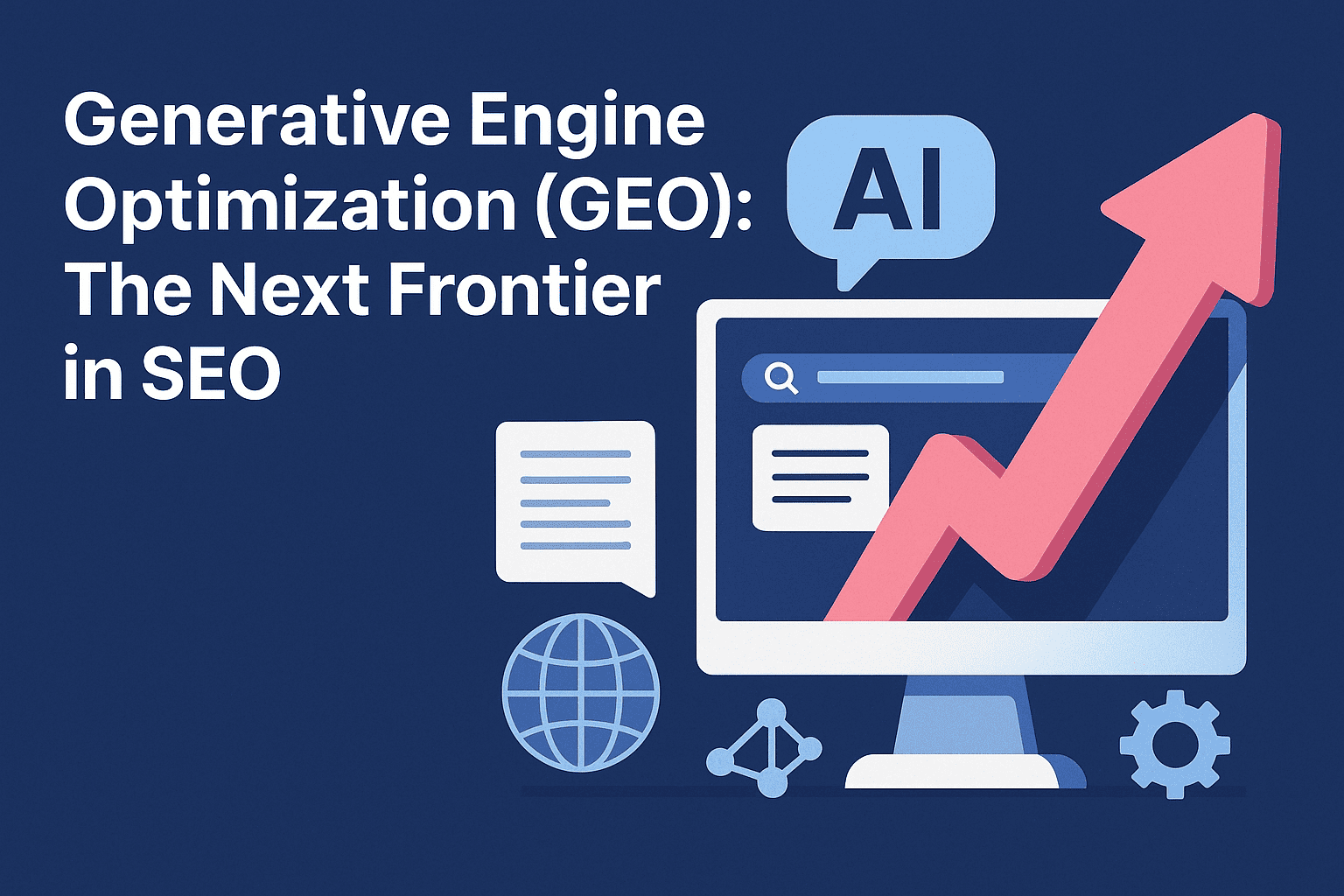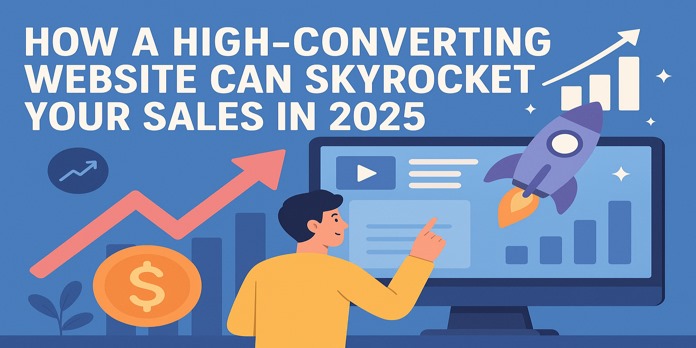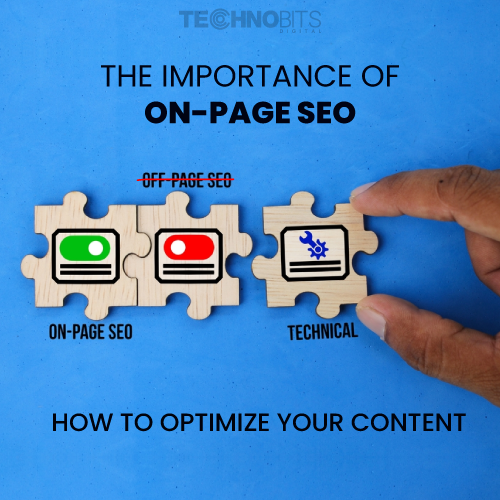Blog Detail
Internet of Things based Applications
Things based Applications
Jun 15 2019

The Internet of things (IoT) is the extension of Internet connectivity into physical devices and everyday objects like we use in daily life. It could be TV, Refrigerator, Cars, Toaster, Music System, CCTV Camera, AC,
What is IoT?
The Internet of things (IoT) is the extension of Internet connectivity into physical devices and everyday objects like we use in daily life. It could be TV, Refrigerator, Cars, Toaster, Music System, CCTV Camera, AC, routers, PCs, Oven, Watch, and Printer, etc. In IoT, all these electronic and non-electronic devices may or may not be are connected with a central device with the sensor and internet. It collects the data from these devices by sensors. Now, this data is stored in the central database.
We can apply the data science, data analysis method to find the pattern in this large amount of data and get valuable insights. With these insights, we can design personalized products and experiences. Embedded with electronics, Internet connectivity, and other forms of hardware (such as sensors), these devices can communicate and interact with others over the Internet, and they can be remotely monitored and controlled.
IoT Applications
Smart Homes
It is hard to disregard the effect that IoT advancements have had on our Smart Home Solution Development. Home Automation System is savvy machines, lighting, security, and natural controls make our lifeless demanding and more advantageous. Home is among the pioneers in this circle. With various keen gadgets, including Nest Thermostat, indoor cameras, and alerts, the organization causes you better deal with your home. Transitioning to a smarter home can improve your control over every aspect of how your house operates.
- Lighting Control
- Lawn Irrigation Systems
- Smart Appliances
- Security Systems
Some of the voice commands application has started to integrate these devices like Alexa, Google Smart Home, and Siri, etc.
Transportation
IoT Technology can help in the integration of communications, control, and information processing across various transportation systems all over the world. Application of the IoT extends to all aspects of transportation systems, for example, the vehicle, the infrastructure, and the driver or user. Dynamic interaction between these components of a transport system allows inter- and intra-vehicular communication, smart traffic control, smart parking, electronic toll collection systems, logistics and fleet management, vehicle control, safety, and road assistance.[46][59] In Logistics and Fleet Management,
For example, an IoT platform can continuously monitor the location and conditions of cargo and assets via wireless sensors and send specific alerts when management exceptions occur (delays, damages, thefts, etc.). This can only be possible with the IoT and its seamless connectivity among devices. Sensors such as GPS, Humidity, and Temperature send data to the IoT platform and then the data is analyzed and then sent to the users. This way, users can track the real-time status of vehicles and can make appropriate decisions. If combined with Machine Learning, then it also helps in reducing traffic accidents by introducing drowsiness alerts to drivers and providing self-driven cars too.
Manufacturing
The IoT can realize the seamless integration of various manufacturing devices equipped with sensing, identification, processing, communication, actuation, and networking capabilities. Network control and management of manufacturing equipment, asset and situation management, or manufacturing process control bring the IoT within the realm of industrial applications and smart manufacturing as well. The IoT intelligent systems enable rapid manufacturing of new products, dynamic response to product demands, and real-time optimization of manufacturing production and supply chain networks, by networking machinery, sensors and control systems together.
IoT in manufacturing could generate so much business value that it will eventually lead to the Fourth Industrial Revolution, also referred to as Industry 4.0. The potential for growth from implementing IoT may generate $12 trillion of global GDP by 2030. Monitoring and controlling operations of sustainable urban and rural infrastructures like bridges, railway tracks and on- and offshore wind-farms is a key application of the IoT.[64] The IoT infrastructure can be used for monitoring any events or changes in structural conditions that can compromise safety and increase risk.
The IoT can benefit the construction industry by cost saving, time reduction, better quality workday, paperless workflow and increase in productivity. It can help in taking faster decisions and save money with Real-Time Data Analytics.
Apart from the above applications, there are n numbers of other applications that can be used with IoT. But I have listed some of them.
TAGS
India +91 97265 89144, Dubai +971 544149632.
We truly care about our users and our product.






